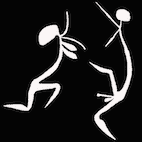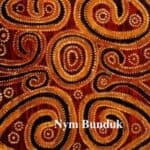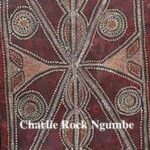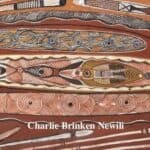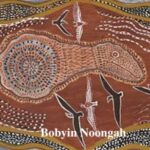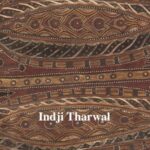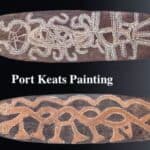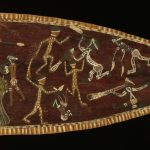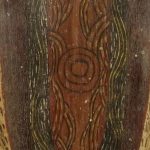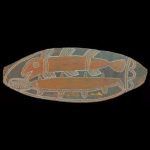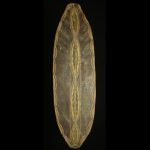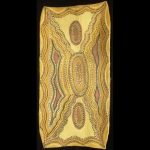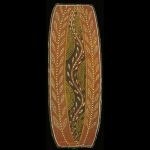Charlie Brinken Newili: Wadey Aboriginal artist
Charlie Brinken: Early Port Keats Bark Painter and Custodian of Sacred Knowledge
Charlie Brinken is recognised as one of the earliest known bark painters from the Port Keats (now Wadeye) region of the Northern Territory. His work holds historical significance not only for its artistic merit but also for the rare insight it offers into the ceremonial and spiritual traditions of the Diminhin clan of the Fitzmaurice River region. As a senior Aboriginal elder, Bunduk was a powerful custodian of cultural knowledge and an instrumental figure in shaping early anthropological understanding of Indigenous law, language, and cosmology.
If you own or have come across a bark painting by Charlie Brinken, I encourage you to get in touch or send a photo. I purchase works by this artist and am also happy to offer a free estimate of value to support collectors and communities in recognising the importance of early Aboriginal art from Port Keats.
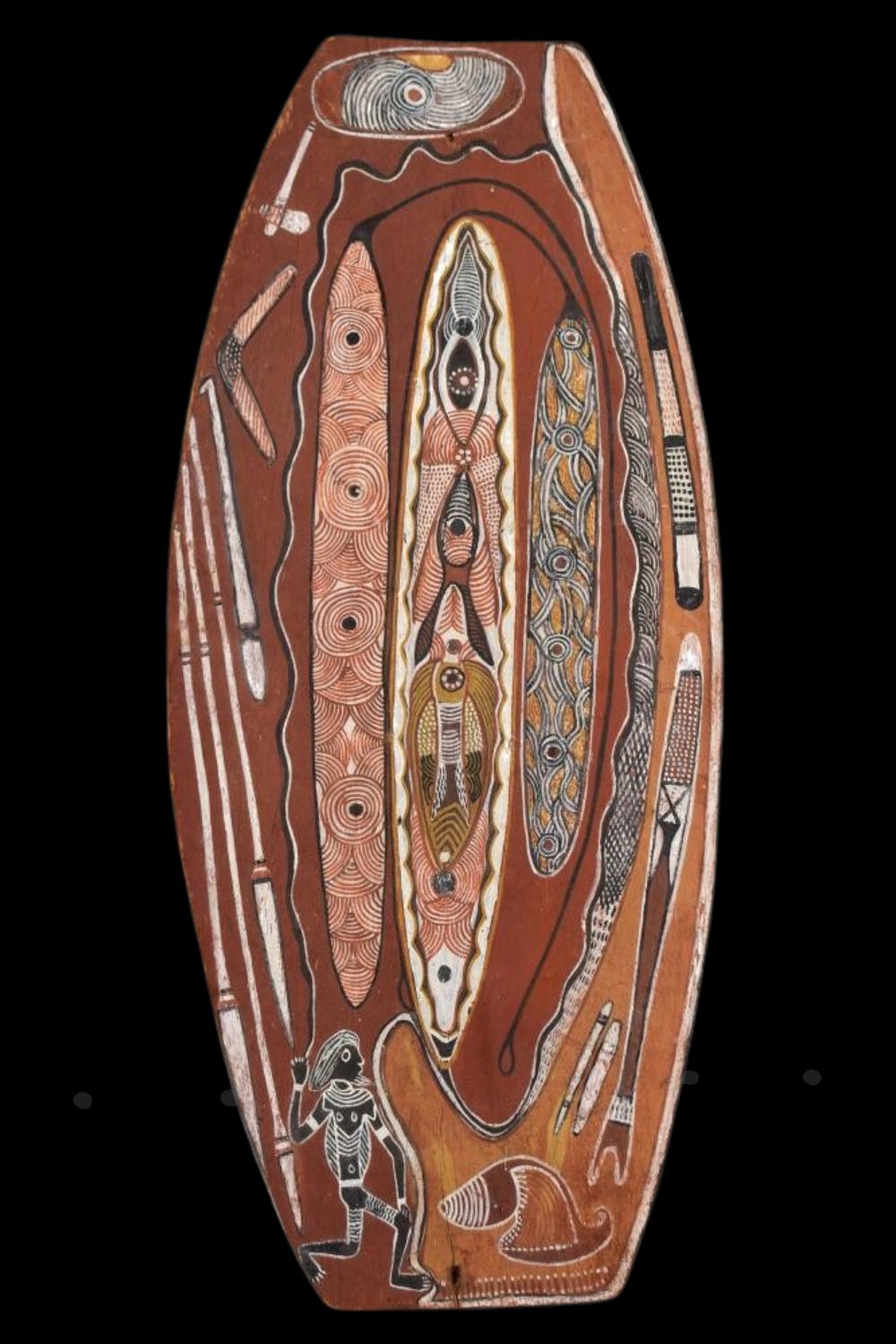

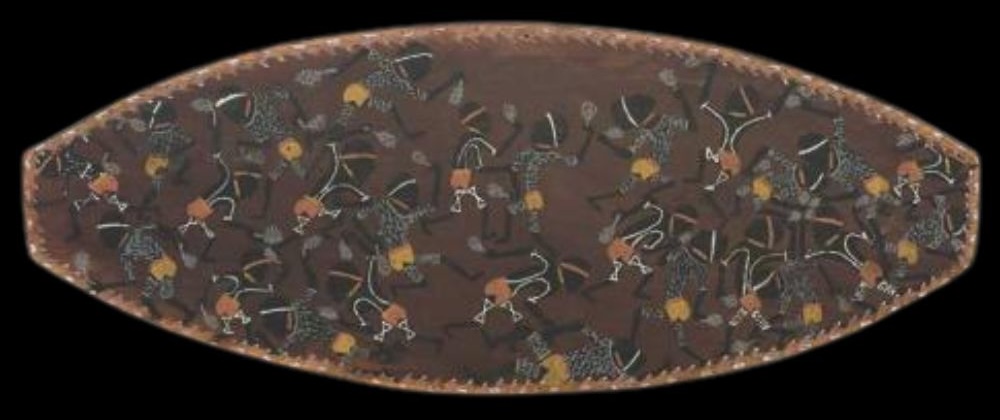
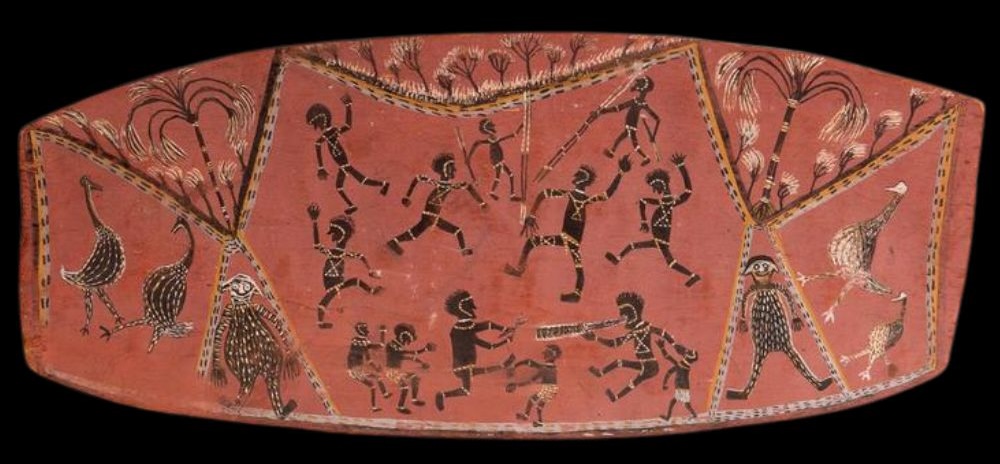
Biography of Nym Bunduk: Diminhin Lawman and Anthropological Informant
Although little formal documentation exists on the early life of Nym Bunduk, it is understood that he was born in the remote bushlands near the Fitzmaurice River, southwest of Darwin. He grew up in a traditional hunter-gatherer lifestyle, speaking the Murrinhpatha language, and was initiated into Aboriginal law as a young man. As a recognised elder, Bunduk became a senior lawman of the Diminhin clan and a respected guardian of several sacred Dreaming narratives.
His cultural influence extended far beyond the art world, due in part to his long-standing collaboration with the renowned anthropologist W. E. H. Stanner, whom he met in 1935 during the establishment of the Catholic mission at Port Keats. Over several decades, Bunduk shared extensive traditional knowledge—on kinship structures, law, and spiritual philosophy—with Stanner. This unique relationship helped shape key components of Australia’s policy discourse on Aboriginal affairs in the mid-20th century.
Stanner would later refer to Bunduk as one of his most important informants, and their mutual respect reflected a rare cross-cultural partnership in a time when Aboriginal voices were seldom amplified in academia or public policy.
If you are aware of further biographical details on Nym Bunduk, or other artists from the Port Keats region such as Charlie Brinken, Indji Tharwul, Charlie Mardigan, or Bobyin Noongah, please contact us. Preserving and sharing this knowledge is vital to documenting the rich legacy of this underrepresented artistic community.
Newili is sometimes spelled Newihli or Neewilli.
The Artistic Legacy of Nym Bunduk: Port Keats Bark Paintings
Early Churinga-Inspired Bark Art
Bunduk’s earliest known works are bark paintings that closely resemble churinga designs—sacred ceremonial objects used in initiation rites and deeply connected to ancestral Dreamings. These oval-shaped bark pieces, painted in natural ochres, feature repeating incised patterns, concentric circles, and flowing linear motifs. Each design holds multiple layers of meaning, which are accessible only according to the viewer’s level of ceremonial initiation.
This style shows striking affinities with Western Desert iconography, hinting at historical movements of people from inland to the coastal areas. According to oral tradition, Bunduk’s ancestors were displaced from desert lands and settled on the coast, bringing their spiritual narratives and visual language with them.
Though aesthetically and conceptually aligned with the early Papunya Tula paintings of artists like Kaapa Mbitjana and Johnny Warangkula Tjupurrula, Bunduk’s early Port Keats barks predate that movement by over a decade. Yet they remain undervalued in today’s art market, often overshadowed by the commercial and institutional recognition that followed the Papunya art explosion of the 1970s.
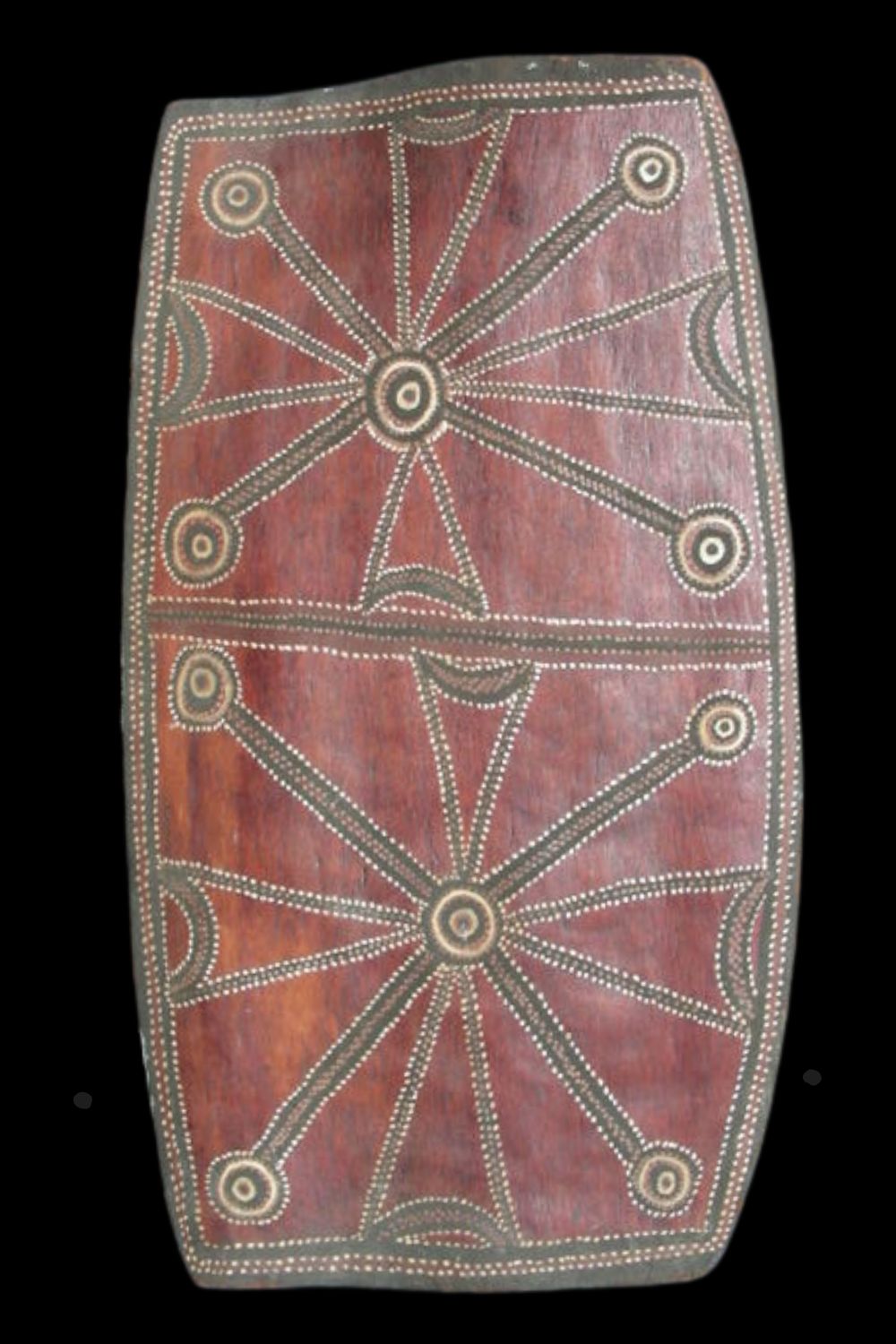
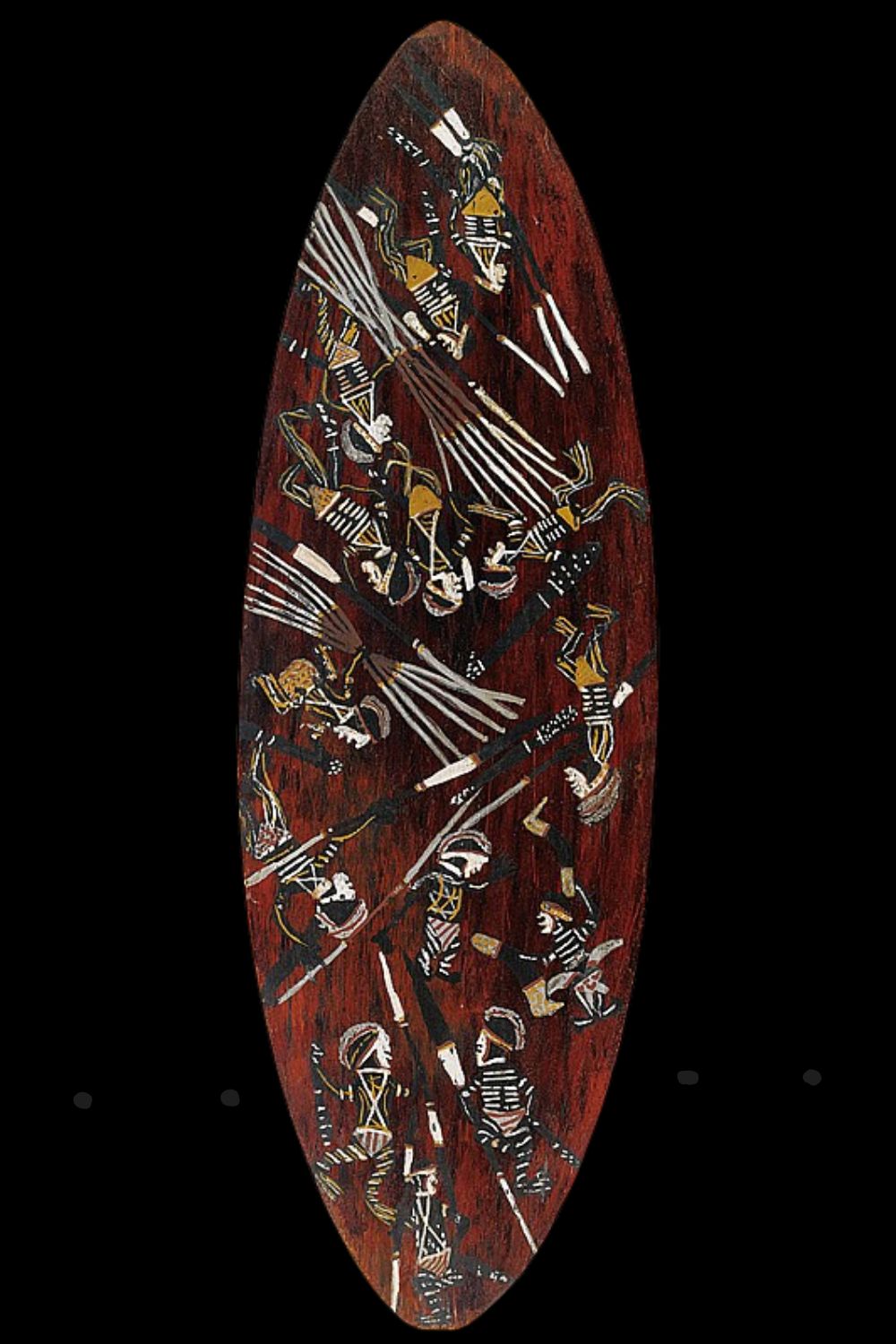
Transition to Figurative Bark Paintings
Later in his career, Bunduk—like other Port Keats artists—shifted from symbolic to figurative representations of Dreaming stories. These works, typically painted on rectangular or square barks with rounded corners, feature animal spirits, totemic beings, and natural forms instead of abstract sacred symbols. This evolution was likely in response to cultural restrictions and the increasing influence of missionaries, which discouraged the open depiction of secret/sacred knowledge.
While these later barks are less collectible than the churinga-style works, they are still valuable for their ethnographic context and artistic variation. They offer a rare glimpse into how cultural expression adapted during a period of rapid social and political change.
Rarity, Collectibility, and Historical Importance
Due to the scarcity of surviving works, paintings by Nym Bunduk are increasingly sought after by informed collectors and institutions with a focus on early Aboriginal art from Northern Australia. Despite their understated market profile, Bunduk’s bark paintings are of considerable cultural and historical importance. They are among the few surviving visual records from Port Keats artists working in the 1950s and 1960s—decades before the mainstream Aboriginal art movement gained national traction.
Unfortunately, the lack of commercial recognition and scholarly focus means that many works by Bunduk and his contemporaries remain undocumented, misattributed, or underappreciated. Yet with growing interest in early bark painters and the re-evaluation of regional art histories, collectors are beginning to understand the significance of these works in shaping the pan-Aboriginal visual identity of Australia.
If you are a collector, gallery, or community member in possession of an early Port Keats bark painting, especially by Nym Bunduk, I would be delighted to assist in evaluating its cultural and financial value.
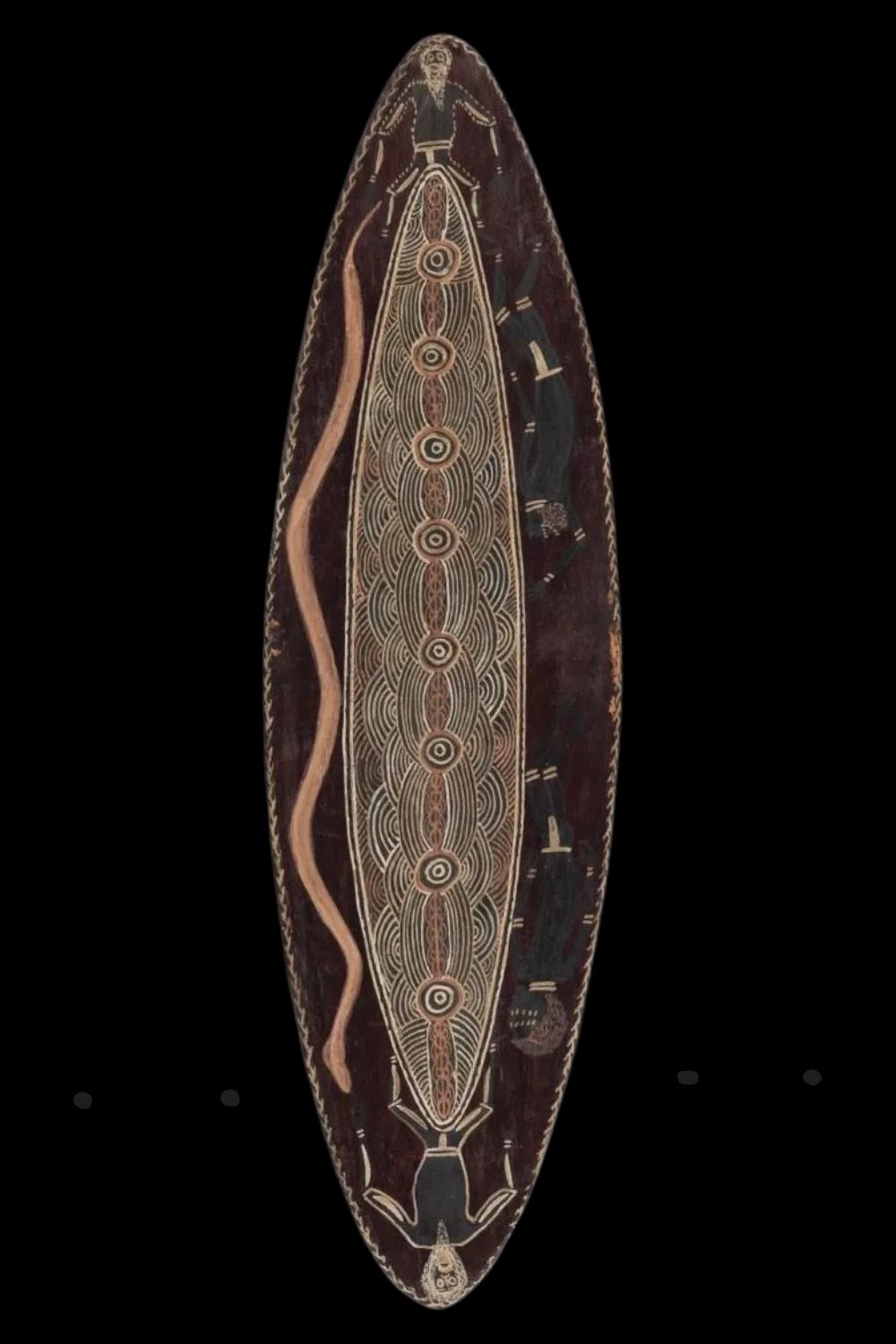
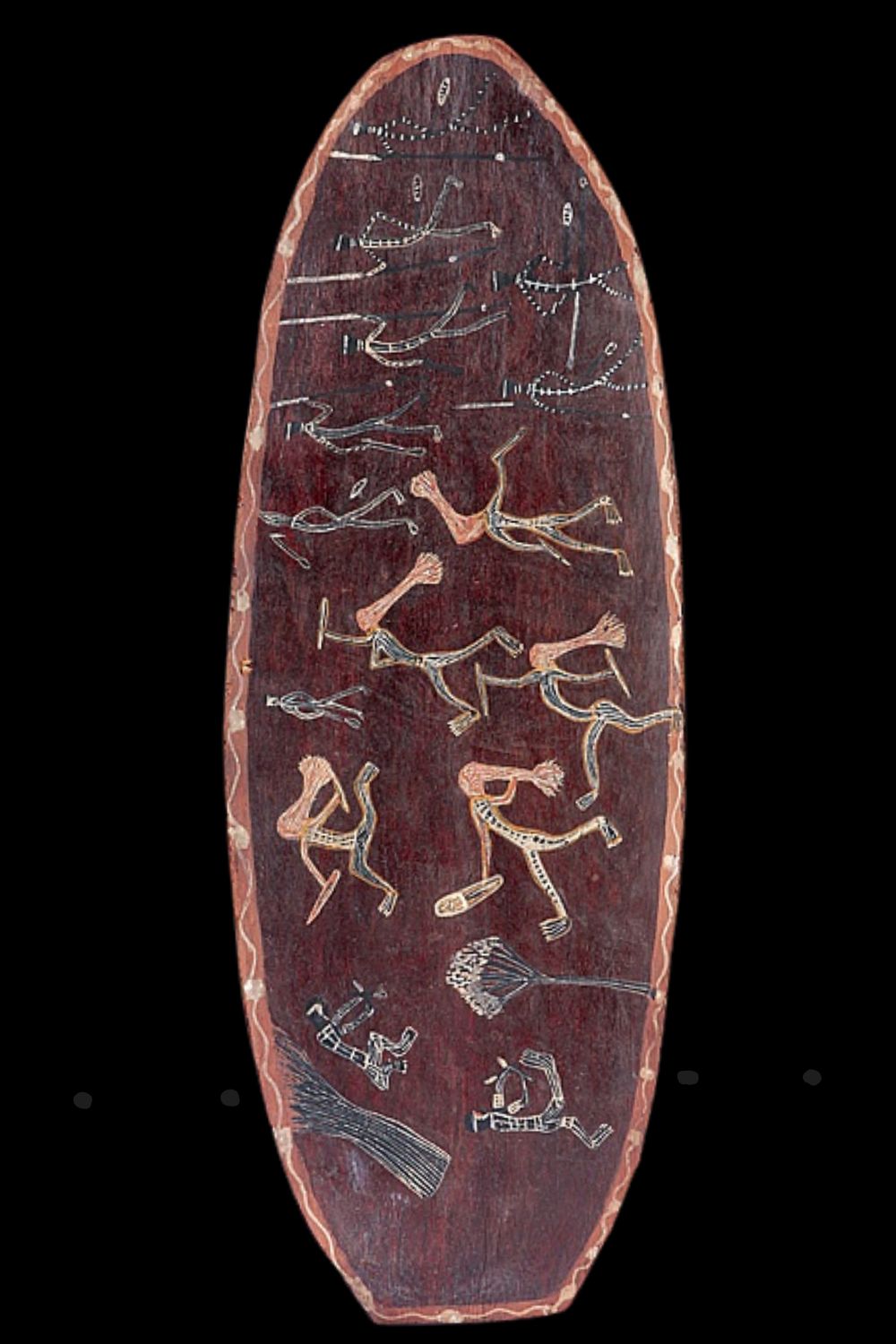
Why Nym Bunduk Deserves Greater Recognition
The legacy of Nym Bunduk is twofold: as a visual artist whose bark paintings offer a rare glimpse into early ceremonial expression, and as a cultural authority whose influence shaped how anthropologists—and by extension, policymakers—understood Aboriginal Australia. His contribution remains largely uncelebrated outside specialist circles.
This site exists to raise awareness about underrepresented figures like Bunduk, and to invite those with knowledge, photographs, or artworks to contribute to the growing documentation of Port Keats art history. By doing so, we collectively honour the legacy of artists whose cultural intelligence and visual sophistication continue to resonate through time.
There is not a lot of information on the art of early artists like Nym Bunduk, Bobyin Noongah or Charlie Mardigan. This area had very little recorded about the wonderful artists working here in the 1960s. If you know more about any of these artists please contact me. I would love to be able to present a fuller picture of the artist’s life.
Further reading
Other Port Keats Art and Artists
All images in this article are for educational purposes only.
This site may contain copyrighted material the use of which was not specified by the copyright owner.
